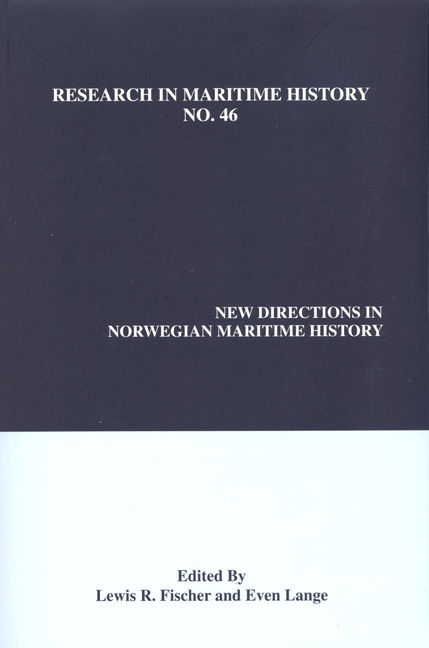“The Silver Schooner”
from Global Integration
Summary
Mutiny. Even today the word has a menacing sound. When a master's power is in dispute, the ship's social system becomes unstable; if he is overthrown, the crew is temporarily without norms, a condition in which anything can happen. It is no wonder that narratives about mutinies have proven so popular in maritime sea lore.
In the harbour of Kleven, near Mandai in southern Norway, tales of the mutiny of the so-called “Silver Schooner” can still be heard. It is a bloody story that contains some of the classic elements of the narratives of sea lore – mutiny, smuggling and hidden treasure. Because of its dramatic nature, it was used by Thorbjorn Egner in his primary school textbook, and through this, generations of Norwegian school children came to know it.
The story concerns an American schooner which arrived in Kleven with a cargo of coffee. There was nothing extraordinary about that, but the vessel's crew soon attracted attention because of their odd behaviour. When the authorities began to make inquiries, they discovered that the seamen had mutinied on the Atlantic, killing their officers and sailing to Norway to seek refuge. It turned out that the real cargo was not coffee, but a huge number of silver coins. When this came to light, the crew attempted to escape but were caught, transferred to the United States and hanged on a pier. Although the authorities never recovered all the silver coins, many believed that one of the barrels was hidden on the island of Gismeraya, and people have been searching for this “hidden treasure” ever since. What makes this narrative so significant is that most of the events are “true” in the sense that they can be confirmed by contemporary written sources.
Putting the Pieces Together
While working in the 1920s on a history of Mandai, Christian A. Bugge used the oral tale of the “Silver Schooner” as a starting point. With the assistance of the distinguished Norwegian historian, Professor Jacob S. Worm-Müller, Bugge unearthed some archival sources which seemingly corroborated some of the story's basic elements. It turned out that the name of the “Silver Schooner” was Plattsburg and that the incident occurred in 1816. The records Bugge found were from a comprehensive description of a trial concerning the smuggling of coffee in the schooner.
- Type
- Chapter
- Information
- New Directions in Norwegian Maritime History , pp. 57 - 82Publisher: Liverpool University PressPrint publication year: 2011



